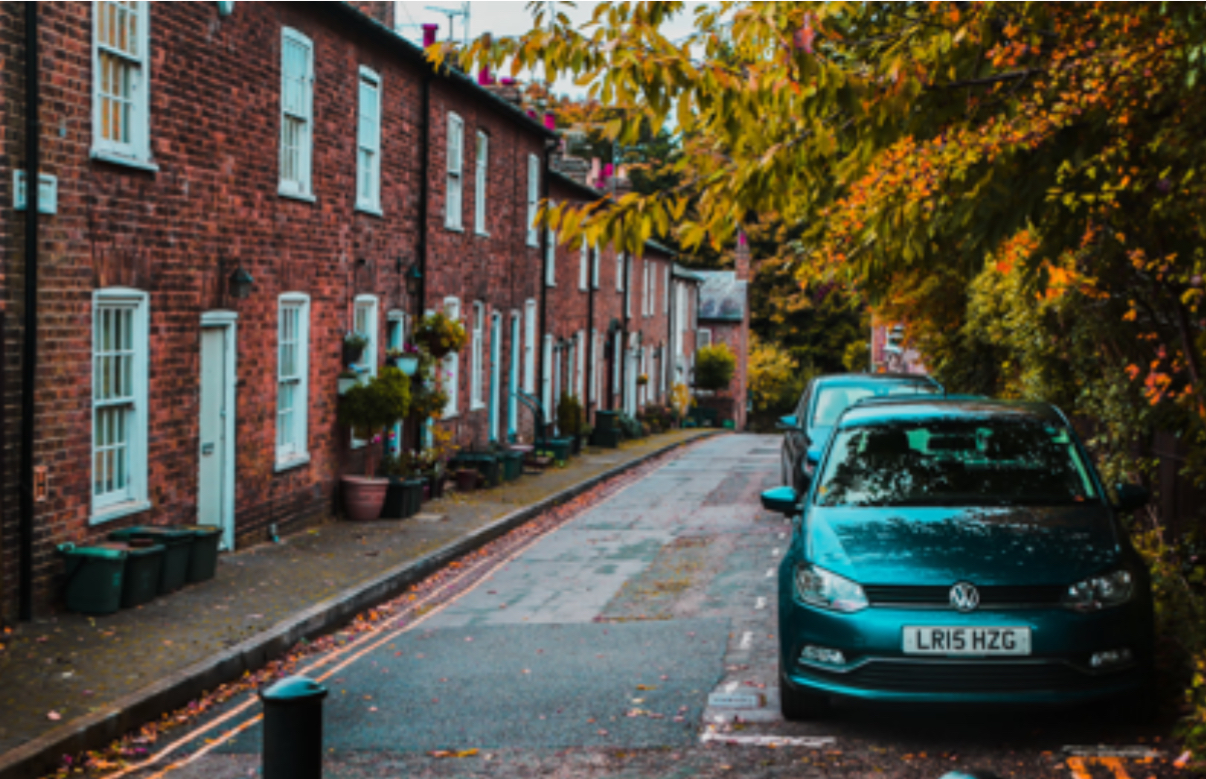You Won’t Be-Leaf It: Which Trees to Avoid Parking Under This Autumn

As autumn approaches and leaves start to fall, UK motorists could be parking their vehicles underneath some costly trees. The new car experts at Auto Trader have shared which trees are the worst offenders when it comes to staining paintwork or causing other costly repairs to motorists’ cars.
Tom Roberts from Auto Trader explains the importance of car care during the colder and wetter months: “Whilst the UK’s summers are unpredictable – one thing is for certain, as we approach October, rain and wet falling leaves are inevitable! Many common UK trees, like oak and sycamore, release tannins and organic acids where their wet leaves land, and these substances can stain or corrode the paintwork on your car if they are not removed in time. Larger cars like MPVs are at a higher risk or catching wet leaves, with their larger roofs providing more surface area for leaves to cling on to. Simple precautions, like removing the leaves from the roof and body of your car and washing your car regularly, even in winter, can help stop this damage from happening, as well as being mindful of which kind of tree you’re parking under.”
Which Trees Are the Worst Offenders
Oak Trees
Oak trees, one of the most common trees in the UK, are well known for having particularly elevated levels of tannins. These are natural compounds that prevent decay in plants, but if wet oak leaves land on your car, these compounds can leach out and leave stubborn brown or yellow stains. This can be even more problematic for cars with light coloured paintwork, where removing the stain can prove more difficult without professional treatment.
Sycamore Trees
Sycamore trees aren’t native to the UK but are common. These leaves also leach tannins which can result in brown spots on the paintwork of a car, but it’s the sap they produce that can be more problematic. Becoming sticky with a substance called honeydew which is produced by aphids feeding on the leaves – the sap can land on cars and create a breeding ground for mould, or the leaves falling create debris which can also impact the paintwork.
Maple Trees
Maple trees, native to the UK, are found in both rural and urban areas. Similarly to oak trees and sycamore trees, Maple tree leaves hold tannins that can stain car paint when wet, but like sycamore trees, it’s the sap they produce that predominantly causes car problems. Maple tree sap tends to harden and bond tightly to the paintwork on a car when left for a period of time, becoming incredibly difficult to remove. If caught early enough, hot water and soap can be effective, but once it has hardened, professional detailing might be needed to remove it without damaging the car.
Pine Trees
Pine trees are less common in the UK, but Scots Pine is a native species and can be found around car parking areas in woodlands. Pine needles are notorious for their extremely sticky sap, which also hardens quickly, and can cause cracks in the vehicle’s clear coat – leading to rust and corrosion.
Birch Trees, Cherry Trees and Poplar Trees
Silver birch and downy birch trees are native to the UK and are found throughout the country. Wild cherry trees and black poplar trees can also be found around some parts of the UK. All these trees produce sticky sap that hardens quickly, but poplar sap can be particularly corrosive and thus damaging to car paintwork.
Tom Roberts from Auto Trader reminds motorists parking under or near trees this autumn to regularly remove fallen leaves from their cars, rather than waiting for rain or a car wash to remove them: “If you have no choice but to park under a tree, you should try to remove any fallen leaves regularly to prevent prolonged exposure to tannins and sap. Also, be aware that removing hardened sap on your own can make the damage worse, so it’s best to visit a professional detailer to avoid further degradation to your car’s paintwork.
“Before we enter the wet and rainy seasons, you might consider applying a protective layer of wax or sealant on the exterior of your car, as an extra line of defense. Protecting your paintwork like this will not only hopefully help you avoid paying for costly repairs but will help the car maintain its value when the time comes to sell it on.”






